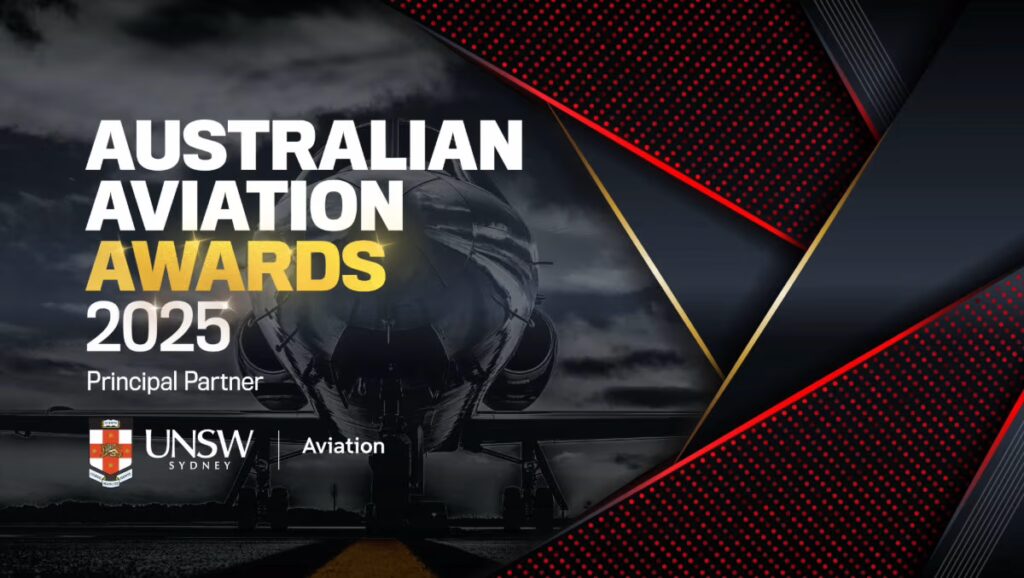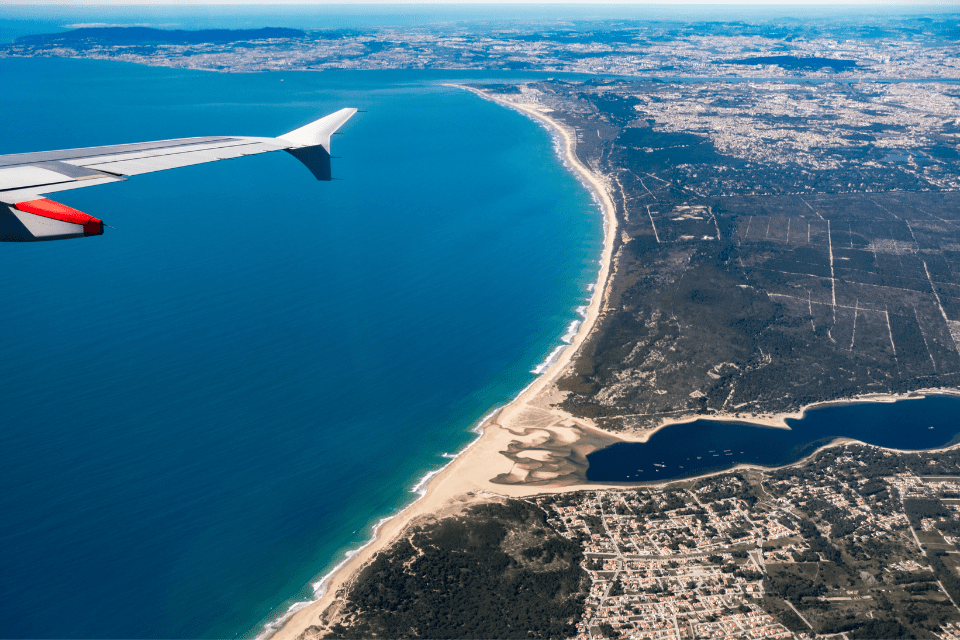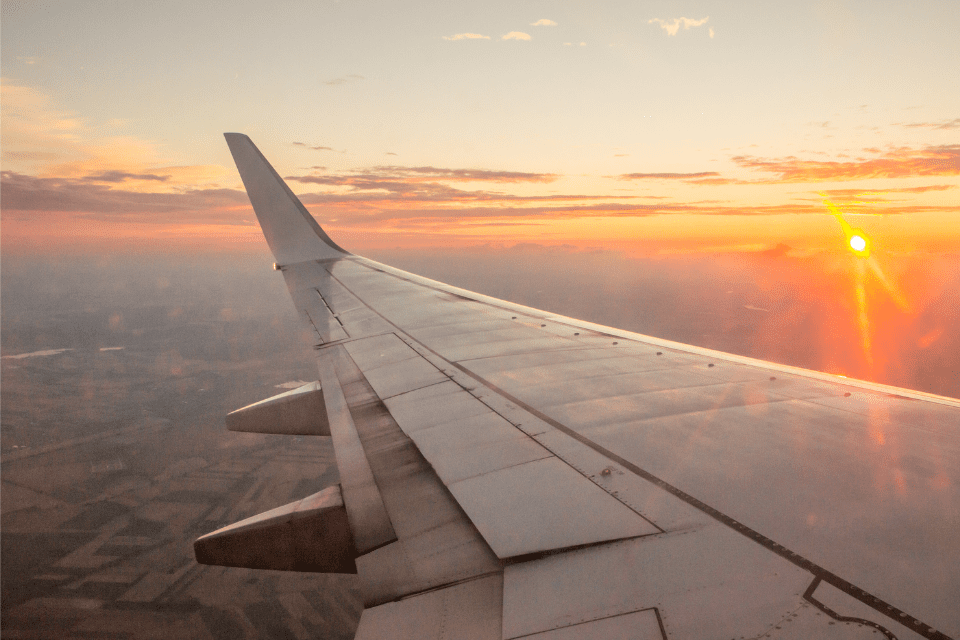This article by CASAIR air service Perth is a comprehensive guide to aviation terminology, covering aircraft types, components, flight controls, air traffic control, weather, and regulations in Australia. It provides readers with an understanding of key concepts in the industry and serves as a valuable resource for anyone interested in aviation.
Book your next adventure with CASAIR! Visit our website now to explore our range of scenic flights, air tours, and charter flights Perth services. Don’t miss out on the chance to experience the beauty of Australia from above. Book now and let CASAIR take you on an unforgettable journey!
Aircraft types
- Fixed-wing aircraft: These aircraft have a rigid wing structure and rely on forward motion to generate lift. Examples include aeroplanes, gliders, and sailplanes.
- Single-engine: Aircraft powered by a single engine, typically used for general aviation, flight training, and recreational flying.
- Multi-engine: Aircraft equipped with two or more engines, providing increased performance, redundancy, and safety. Examples include commercial airliners, cargo planes, and military aircraft.
- Rotary-wing aircraft: Also known as helicopters, these aircraft have rotating wings, or rotor blades, that generate lift and allow for vertical take-off and landing (VTOL). Examples include civilian helicopters, military attack helicopters, and search-and-rescue helicopters.
- Tiltrotor aircraft: Hybrid aircraft with tiltable rotors, enabling vertical take-off/landing like helicopters and efficient forward flight like aeroplanes, e.g. V-22 Osprey.
- Lighter-than-air aircraft: These aircraft rely on buoyancy from a gas (usually helium or hydrogen) to generate lift. Examples include hot air balloons, gas balloons, and airships (also known as dirigibles or blimps).
- Unmanned aerial vehicles (UAVs): Commonly referred to as drones, remotely piloted or autonomous aircraft for tasks like surveillance, photography, and package delivery, varying from small quadcopters to large fixed-wing platforms.
- Experimental and future aircraft: This category includes cutting-edge and prototype aircraft, such as supersonic and hypersonic vehicles, electric and hybrid aircraft, and novel airframe designs like flying wings and blended wing bodies.
Aircraft components
- Fuselage: The central body of an aircraft that houses the cockpit, passengers, cargo, and other essential systems. The fuselage provides structural support and connects the wings, tail, and landing gear.
- Wings: The primary lifting surfaces of a fixed-wing aircraft that generate lift through their shape and movement through the air. Wings can have various configurations, such as straight, swept, or delta.
- Empennage: Also known as the tail, the empennage consists of the vertical stabiliser, horizontal stabiliser, rudder, and elevator. These components provide stability, control, and trim during flight.
- Rudder: A movable control surface on the vertical stabiliser that allows the pilot to control the aircraft’s yaw (side-to-side movement).
- Elevator: A movable control surface on the horizontal stabiliser that allows the pilot to control the aircraft’s pitch (up-and-down movement).
- Ailerons: Movable control surfaces on the trailing edge of the wings that allow the pilot to control the aircraft’s roll (rotation around the longitudinal axis).
- Flaps: Hinged surfaces on the trailing edge of the wings that can be extended to increase lift and drag, enabling slower flight speeds and steeper descent angles during take-off and landing.
- Slats: Movable surfaces on the leading edge of the wings that can be extended to improve airflow and increase lift at lower speeds, particularly during take-off and landing.
- Landing gear: The undercarriage of an aircraft, which typically includes wheels, skids, or floats, depending on the aircraft’s intended operating environment. The landing gear supports the aircraft while on the ground and absorbs impact during landing.
- Engine: The powerplant of an aircraft, which can be piston-driven, jet, turboprop, or electric. The engine provides the thrust necessary for flight.
- Propeller: A rotating device with blades that generate thrust in piston-driven and turboprop aircraft by converting engine power into aerodynamic lift.
- Cockpit: The area in the aircraft where the pilots sit and control the aircraft. It contains the flight instruments, controls, and communication equipment necessary for safe operation.
- Avionics: The electronic systems and instruments used for communication, navigation, and control of an aircraft, including radios, GPS, autopilot, and weather radar.
Flight controls and instruments
- Ailerons: Control surfaces located on the trailing edge of an aircraft’s wings, used to control roll. Ailerons work in pairs, with one deflecting upward while the other deflects downward, causing the aircraft to roll around its longitudinal axis.
- Elevators: Control surfaces on the horizontal stabiliser, used to control pitch. Elevators move up and down symmetrically, causing the aircraft to pitch nose up or nose down around its lateral axis.
- Rudder: A control surface on the vertical stabiliser, used to control yaw. The rudder moves left and right, causing the aircraft’s nose to yaw left or right around its vertical axis.
- Altimeter: An instrument measuring an aircraft’s altitude above sea level, using barometric pressure. Adjusted for local pressure settings, some use GPS for altitude data.
Airspeed indicator: Displays aircraft speed relative to surrounding air, measuring dynamic pressure and converting it into indicated, true, and ground speed.
- Vertical speed indicator (VSI): An instrument that displays an aircraft’s rate of climb or descent, usually measured in feet per minute. The VSI helps pilots maintain a desired climb or descent rate during various phases of flight.
- Attitude indicator (AI): Also known as an artificial horizon, the AI shows the aircraft’s orientation relative to the earth’s horizon. It provides information about the aircraft’s pitch and roll angles, helping pilots maintain level flight, especially during instrument flight conditions.
- Heading indicator (HI): An instrument that displays an aircraft’s heading, measured in degrees from magnetic or true north. The HI uses a gyroscope to maintain a stable heading reference, and it must be periodically aligned with the magnetic compass to account for gyroscopic drift.
- Turn coordinator: An instrument displaying the aircraft’s turn rate and coordination, aiding pilots in maintaining coordinated turns, preventing uncoordinated flight, and reducing stall or spin risks.
- Global positioning system (GPS): A satellite-based navigation system that provides highly accurate position, velocity, and time information. GPS is widely used in aviation for navigation, instrument approaches, and situational awareness.
Air traffic control and navigation
- Air traffic control (ATC): A service provided by ground-based controllers who coordinate the movement of aircraft on the ground and in the air. ATC ensures the safe and efficient flow of air traffic, providing separation between aircraft, issuing instructions, and offering information to pilots.
- Control tower: The central location from which ATC services are provided at an airport. The control tower is staffed by air traffic controllers who are responsible for managing the movement of aircraft in the airport’s airspace, on runways, and on taxiways.
- Visual flight rules (VFR): A set of rules governing the conduct of flight in visual meteorological conditions, where pilots can maintain visual reference to the ground and other aircraft. VFR flights are generally conducted at lower altitudes and require pilots to remain clear of clouds and maintain specified visibility.
- Flight plan: A Document outlining flight details, used by air traffic controllers and search-and-rescue teams. Required for IFR, recommended for VFR flights.
- Waypoint: A predefined geographical location, often identified by longitude and latitude or a unique identifier, used for navigation purposes. Waypoints can be part of a route, serve as a reference point, or mark the start or end of an airway or instrument approach procedure.
- Instrument flight rules (IFR): A set of rules for flights in poor visibility or clouds, requiring specialised training, certification, and equipment for navigation and aircraft separation.
- Airway: A designated route for air traffic, often defined by a series of waypoints, navigational aids, or radio beacons. Airways are the “highways” of the sky and provide a structured network for aircraft to follow during IFR and some VFR flights.
- Navigational aid (NAVAID): A ground- or satellite-based system that provides guidance to aircraft for navigation purposes. Examples include VOR (vhf omnidirectional range), DME (distance measuring equipment), NDB (non-directional beacon), and GPS (global positioning system).
- Transponder: An electronic device that communicates with ground-based radar systems to provide air traffic controllers with information about an aircraft’s altitude, identification, and position to air traffic controllers.
- Air traffic control clearance: A formal authorisation issued by ATC, granting pilots permission to enter controlled airspace, change altitude, or follow a specific route. Pilots must request and receive clearance before initiating certain actions to ensure proper separation and coordination with other aircraft.
Weather and meteorology
- Visibility: Measure of distance an object is seen and identified under specific weather conditions. Significant in aviation, determining visual flight rules (VFR) requirements or must rely on instruments and follow Instrument flight rules (IFR).
- Ceiling: The height of the lowest cloud/obscuring phenomena layer was reported as broken/overcast above ground. Crucial for pilots, impacting minimum safe altitude for VFR and approach/departure procedures at airports.
- Turbulence: Irregular, chaotic air motion caused by weather phenomena or other aircraft, ranging from light discomfort to severe injury or damage. Pilots and air traffic controllers manage and avoid turbulence.
- METAR: Hourly aviation weather report detailing current airport conditions, including visibility, temperature, wind, and cloud cover. Pilots use METARs for flight planning and procedures.
- TAF: Aviation weather forecast for specific airports, predicting conditions such as visibility, cloud cover, and wind for up to 24 or 30 hours. Pilots utilise TAFs for routing, altitude, and fuel decisions.
- PIREP (pilot report): A report from a pilot in flight, sharing actual weather conditions such as turbulence, icing, visibility, and cloud cover, benefiting pilots, meteorologists, and air traffic controllers.
- SIGMET (significant meteorological information): SIGMET (significant meteorological information): An advisory issued to warn pilots of significant weather events that may affect the safety of their flights, such as severe turbulence, icing, thunderstorms, volcanic ash, or sandstorms. SIGMET is used for flight planning and route or altitude adjustments.
- AIRMET (airmen’s meteorological information): Advisory warning pilots of moderate weather conditions like turbulence, icing, or reduced visibility, affecting smaller aircraft. Used for flight safety decisions.
Licensing and Regulations in Australia
- Civil Aviation Safety Authority (CASA): Australia’s national authority overseeing civil aviation, setting standards for pilot training, aircraft operation, and airspace management.
- Aeronautical Information Publication (AIP): Information source on aviation regulations, procedures, and best practices for pilots, controllers, and professionals.
- Flight manual (FM): Aircraft-specific document detailing operating procedures, limitations, and performance data, crucial for pilots
- Civil Aviation Safety Regulations (CASR): CASA: National authority overseeing civil aviation, setting standards for pilot training, aircraft operation, and airspace management.
- Pilot licences and ratings: CASA issues various licences and ratings based on a pilot’s experience, qualifications, and demonstrated abilities. Some common licences and ratings include:
- Recreational Pilot Licence (RPL): Allows a pilot to fly single-engine aircraft for recreational purposes with passengers, subject to specific restrictions.
- Private Pilot Licence (PPL): Permits a pilot to fly single- or multi-engine aircraft for non-commercial purposes, with passengers and in visual flight rules (VFR) conditions, such as if they wish to fly a private jet Perth.
- Instrument Rating (IR): Allows a pilot to fly under Instrument Flight Rules (IFR), navigating and maintaining separation from other aircraft using instruments and ATC guidance.
- Commercial Pilot Licence (CPL): Permits a pilot to fly for compensation or hire, subject to specific regulations and limitations.
- Air Transport Pilot Licence (ATPL): The highest level of pilot certification, allowing a pilot to act as the pilot-in-command of a commercial aircraft.
- Flight hours and currency requirements: Pilots maintain licenses/ratings with specific flight hour and currency requirements, varying by type and covering minimum flight hours, recent experience, and recurrent training/testing.
- Civil Aviation Safety Regulations (CASR) Part 91, 135, and 121 Operations: CASA has established different sets of regulations for different types of aircraft operations—Part 91 for general aviation, Part 135 for on-demand charter and air taxi, and Part 121 for scheduled air carriers, covering pilot qualifications, maintenance, and procedures.
Conclusion
We hope our article has provided you with a comprehensive guide to aviation terminology, covering aircraft types, components, flight controls, air traffic control, weather, and regulations in Australia.
Book your next adventure with CASAIR, offering scenic flights, air tours, and charter services for an unforgettable experience of Australia from above.











